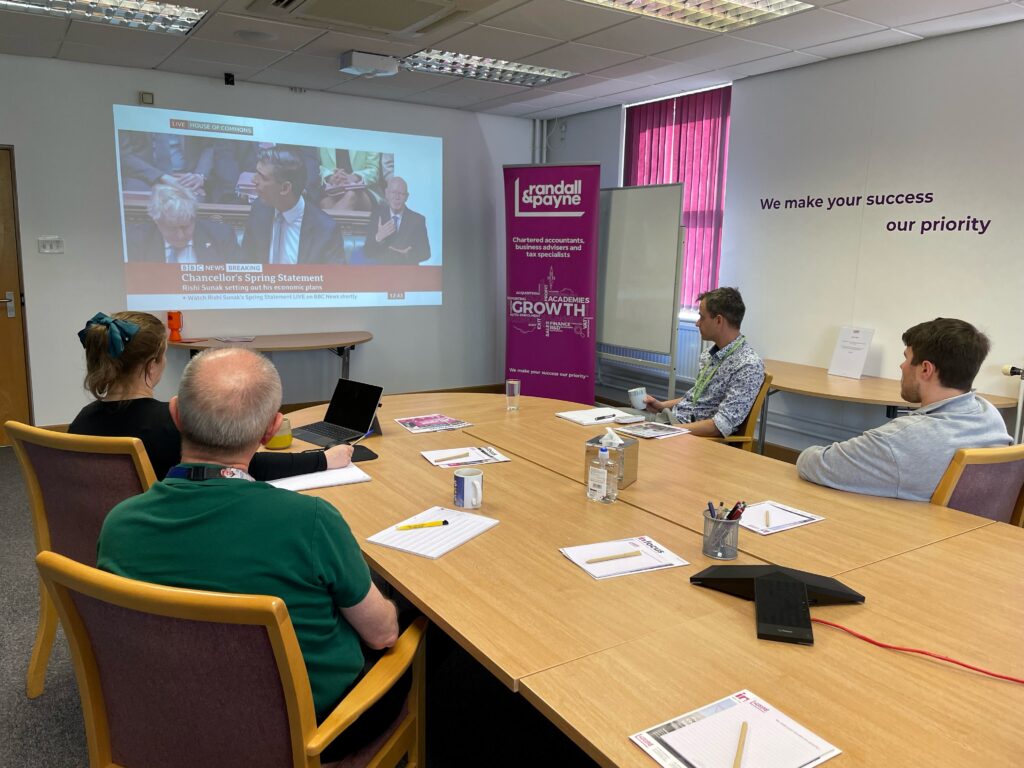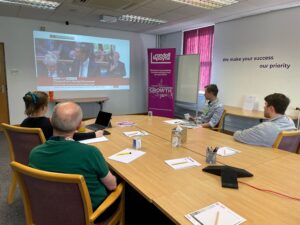This week, as previously announced in the Spring Statement, HM Treasury have published a document inviting views from the business world on potential reforms to the Capital Allowances system, which provides businesses with tax relief for capital equipment such as machinery, fixtures and vehicles.
Behind this move is a recognition that once the temporary “super deduction” and increased Annual Investment Allowance (AIA, £1 million but due to reduce back to £200,000) come to an end on 31 March 2023, the UK’s tax system for capital equipment will be one of the least beneficial in the world’s major economies. As we emerge from the damaging effects of the COVID-19 pandemic on the UK’s economy, it is key for the government to incentivise businesses to invest and grow to expedite the country’s recovery.
As well as views on the suggested changes, they are very keen to hear from the business world about what drives decision making on capital investments, and the impact the current increased allowances have had on their decision making.
The changes being considered are radical to say the least:
- Increasing the “permanent” level of AIA from its current £200,000 up to £500,000. AIA is the annual amount any business (incorporated or not) can obtain full tax relief on in the year of purchase.
- Increasing the writing down allowances (WDAs) – these are the amounts that can be claimed annually on expenditure which has not had full relief under the AIA. The suggested increases are not significant though (currently 18% and 6%, they are suggesting 20% and 8% which would put them back where they were before April 2012).
- A reintroduction of First Year Allowances (FYAs), potentially at a rate of 40% (meaning relief on 40% of the cost in the year of purchase, with the balance then being claimable via WDAs at the prevailing rate in subsequent years). FYAs at 40% used to apply but this was abolished in April 2008. A lower rate of 13% is suggested for “special rate” assets (principally longer life assets or machinery integral to a building)
- An “Additional FYA” – this is similar to the current super deduction, and they are suggesting an incentive of tax relief on an additional 20% of cost over and above the cost of the asset. So for example, an asset costing £100,000 would receive tax relief on an additional £20,000 up front before then receiving tax relief on the full £100,000 via other Capital Allowances. This would be prone to abuse so would need to be very carefully considered.
- The most radical suggestion of all is “full expensing” which would simply do away with most “general pool” capital allowances and allow full tax relief in the year of purchase (so effectively this is like having an AIA with no limit). However they stop short of this for special rate assets, instead suggesting a 50% FYA.
All of the above would be very costly to the Exchequer in tax terms, albeit all of them (with the exception of the Additional FYA) would only be timing differences rather than real costs.
Many of the above measures have great potential to simplify a currently very complicated tax system for capital assets, which can only be a good thing. However it should not be overlooked that unless accounting standards also change to match any proposed reform (which we suggest is unlikely), this could instead increase complications around timing differences relating to how capital costs are depreciated in business accounts.
What we are seeing here is a very different approach to reform from the Treasury than their usual one, and we would encourage businesses to take part in responding to this, especially businesses that typically spend a lot of money on equipment annually. The response mechanism is by way of an online survey, with a few questions on one page, and then a text box where more specific and detailed responses and thoughts can be given as desired.
The proposals and a link to the response survey can be found here. The survey link is about a third of the way down the page.
We will be responding to the Treasury, both as a firm and through our membership of technical committees of our professional bodies.
If you have any questions about how these changes may affect your business, please contact James Geary on 01242 776000 or james.geary@randall-payne.co.uk



